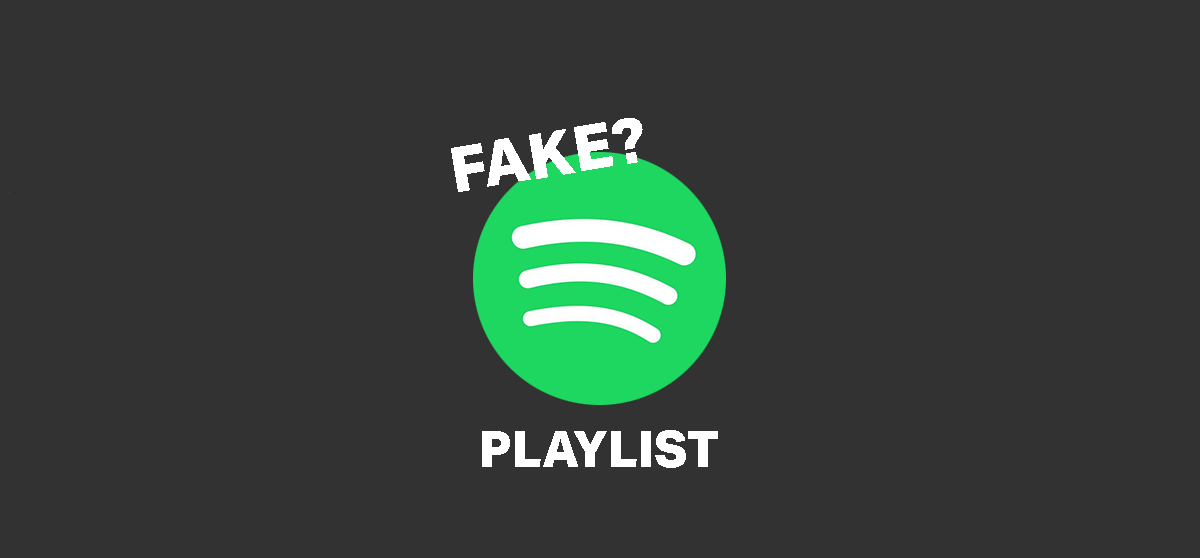Spotting a fake Spotify playlist is important to protect your time, finances and artistic integrity. Instead of falling for playlist scams that undermine real artists, learn how to spot scammers with these 10 simple methods.
Falling for fake playlists not only doesn’t help your musical development, it can jeopardise your potential success and affect your artistic output. It can also disrupt the algorithms and jeopardise your reputation on Spotify, leading to exclusion from official playlists and possibly removal from existing playlists.
Unauthorised streams and fictitious listeners mean a lack of real fan engagement, which directly impacts your live performances, merchandise sales and social media presence. This lost revenue and time could be better spent developing and producing music.
Here are the key indicators to help you identify and avoid fraudulent playlists:
1. Evaluate the Ratio of Streams to Saves and Followers
Genuine playlists tend to have a higher number of streams in relation to their followers and saves.
2. Analyse the Followers of the Llaylist Curator’s Account
Suspicious followers without a profile picture or without a consistent profile are a cause for concern, especially if the curator has no followers at all.
3. Name and Description
Look at the name and description of the playlist and make sure it matches the intended genre or mood
4. Social Media Accounts
Check if there are any official social media accounts or websites associated with the curator. A lack of a verifiable online presence is a red flag.
5. Mix of Genres
Be ware of playlists that contain an inappropriate mix of genres and moods, as they are unlikely to attract a relevant audience.
6. Cover Artwork
Evaluate the cover art and make sure it fits the theme or genre of the playlist. A consistent cover design across multiple playlists is also a positive sign.
7. Number of Followers
Look at the number of followers on all the curator’s playlists. It is suspicious if the number of followers across multiple playlists is disproportionately high.
8. Paid Placements
Be wary of curators who offer paid placements, as this is against Spotify’s policies and can lead to artificial streams.
9. Network of Agencies
Be wary if a curator claims to have a large network of agencies or curators managing playlists, as this is unlikely to lead to genuine promotion.
10. ‘Discovered On’
Do not rely solely on the ‘Discovered On’ feature on the artist’s profile to verify the authenticity of the playlist, as fake playlists can appear until they are discovered by Spotify.
In summary, distinguishing between real and fake Spotify playlists is essential to your musical journey. While organic playlists can significantly boost your success, falling prey to scammers will only hinder your progress. Avoid the lure of specialist companies promising streams and focus on authentic promotion strategies to boost your career in a sustainable way.
Have you recently experienced your music being removed from Spotify or other streaming platforms? Read the blog to understand what’s behind it: https://blog.feiyr.com/en/the-pitfalls-of-artificial-streaming/






